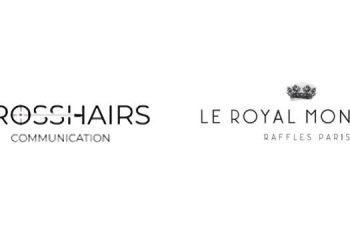The pandemic has been felt by everyone as a result of the restrictions and lockdown that prevented brands from engaging in experiential PR, which involves letting customers interact with products by touching or using them. Due to this, there was less in-person interaction and more digital activity. As millennial customers want immersive experiences, companies are being stretched to the edge through experiential PR and the art of storytelling. Since experiential PR allows the target audience to really feel the brand promise, it represents the next evolution in storytelling. The major difference between an experiential PR strategy and a typical media or consumer event is that with experiential PR, all components of integrated PR are utilised. Experiential PR’s primary goal is to make the campaign’s main message tangible rather than to draw quick attention.
People want to genuinely experience a product or brand now that things are practically back to way they were previously. As a result, many marketing and advertising firms are generating experiences for their products by setting up their ATL and BTL. Then, ATL and BTL are further utilised through PR, or are a part of a larger PR campaign, to drive across a theme, thought leadership, USP of the brand, to talk about the social cause, to talk about the brands commitment to developing the society around them or giving back to the society. To further provide a 360-degree communication for the companies, experiential marketing and experiential PR enter the picture.
The service sector was the one that was most negatively impacted by the pandemic. The service sector is one of the biggest industries that needs experiential PR as things are recovering. because customer interactions are essential to the service sector. Given that the service sector has the strongest connection to consumers of any sector. “Experiential PR” serves the purpose of brand building in the service industry, which is vital for the service sector, despite the link between by raising public awareness.
A glimpse on – Why is there a significance rise of Experiential PR in Service industry:
Re-establishing the brand Philosophy
The brand may re-establish the changes and philosophy of a company through experiential PR, through campaigns that entail on-location experience-based interaction through media, and by developing its own USP that may be distinct from before the epidemic. For example, several restaurants are offering invite-only previews of their new menus and special menus to influencers and their chosen H&I customers who were regulars there before the epidemic in an effort to entice them back or give them a taste of their brand and customer service.
Enhancing engagement through evolved brand experience
While we do a lot of digital marketing and regular PR, which is what we do, there is also a brand experience that is being delivered that is much more advanced than what is available on the internet platform. For instance, fashion companies run contests where winners receive prizes like dresses, discounts, coupons, and more. In order for the consumer to directly experience the brand or product and to receive incentives from the brand. It is then used to inform the media via press releases or articles that a new product is on the way and that influencers and the media are reviewing it. So, this put the brand in the spotlight because everybody is talking about the brand.
Experiential PR for Social causes
Following the pandemic, there has been a lot of attention paid to ethical brand behaviour and brands that care about their surroundings, communities, and society as a whole. Particularly in the service sector, these businesses place a strong emphasis on providing customers with an engaging experience with their goods and services. They also engage in experiential PR, where they engage with the local community, or they engage in CSR activity, which is again leveraged in the media as a PR, both of which are forms of “Social Experiential PR,” which is when a company establishes a distinctive brand identity for themselves that is responsible and committed to the wellbeing of the community. The community around them, the employees, the stakeholders everybody get the benefit from the real on ground actions that the brands is doing, thus it becomes experiential PR.
- Leveraging technology for Experiential PR
In the past, experiential PR has always been renowned for the brand’s physical presence. Utilizing artificial intelligence (AI), virtual reality (VR), and augmented reality (AR) techniques International and local companies continue to use certain technologies to interact with those who are still attempting to reach consumers through digital media. For instance, at fashion shows, you may virtually put on several outfits, so you don’t have to physically visit a store or shop to test the item out. You have several jewellery goods that allow you to try them on in your house. This also falls under brand experience and if it is done keeping in the mind the larger media it becomes experiential PR.
The experience that the brand offers is the key difference for any customer today, despite the fact that there is fierce brand rivalry and that local and multinational brands do a wide range of things. Since experiential PR is here to stay, smaller firms and MSMEs should give it their full attention instead of sticking with traditional PR.
Article is authored by Anindita Gupta, Co-founder, Scenic Communication.

















